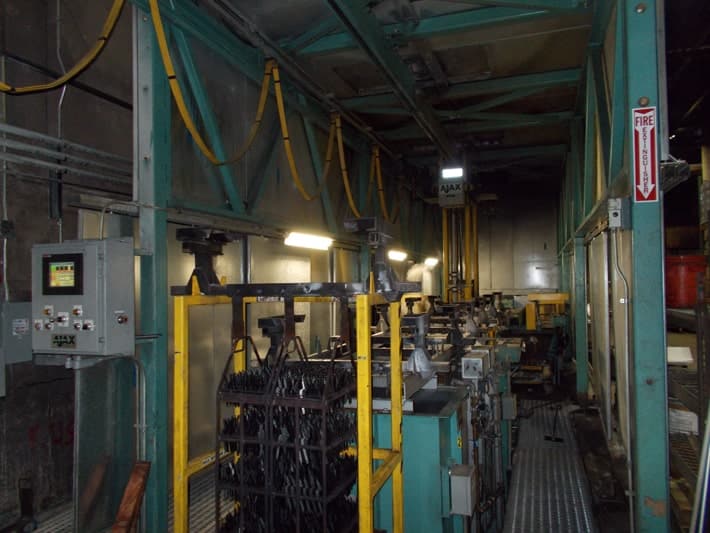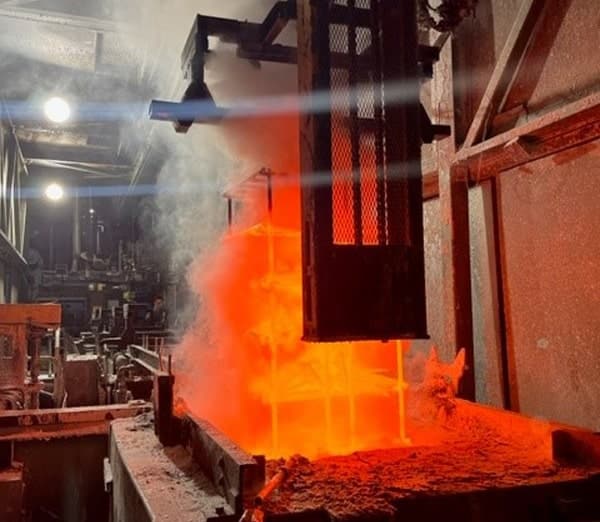
Through the precise control of cooling rates, marquenching can significantly improve the mechanical properties of materials, ensuring superior strength, hardness, and durability.



Once the desired austenitizing temperature is reached, the component is rapidly quenched in a molten salt bath to achieve the desired cooling rate, which determines the resulting microstructure.
The metal component is heated above its critical transformation temperature to transform the microstructure into austenite. This phase change allows for the subsequent formation of a desirable microstructure during the cooling process.
After quenching, the component is held at a specific temperature until it reaches a uniform temperature throughout. This step, known as the holding or equalizing stage, ensures the formation of a uniform microstructure and relieves internal stresses.
Once the desired austenitizing temperature is reached, the component is rapidly quenched in a quenching medium such as oil, salt, or polymers. The quenching medium’s selection is critical to achieving the desired cooling rate, which determines the resulting microstructure.
The final step in the marquenching process involves tempering the component at a lower temperature to optimize its mechanical properties. Tempering reduces the component’s hardness, increases its toughness, and relieves any remaining internal stresses.
Marquenching provides excellent strength and toughness properties to metal components. The controlled cooling rate and subsequent microstructure formation result in a fine-grained structure with increased hardness and resistance to wear, making it suitable for applications subject to high loads, impacts, and wear.
Compared to traditional quench and temper processes, marquenching minimizes distortion and warpage of the components. The uniform cooling rate achieved during the quenching process reduces thermal gradients and prevents the formation of excessive internal stresses, resulting in improved dimensional stability and tighter tolerances.
Marquenched materials often exhibit improved machinability due to the controlled microstructure formation. The uniform distribution of hardness and reduced hardness gradients allow easier machining operations, reducing tool wear and improving productivity.
Marquenching (Automated Salt to Salt Processing) is suitable for a wide range of materials and applications, including:
Marquenching is commonly used for steel alloys, including carbon steels, alloy steels, and tool steels. It is particularly beneficial for components that require a combination of high strength, hardness, and toughness, such as gears, shafts, springs, and cutting tools.
Marquenching finds extensive application in the automotive industry. It is used for critical components such as camshafts, crankshafts, and transmission gears, where high mechanical strength, wear resistance, and fatigue life are essential.